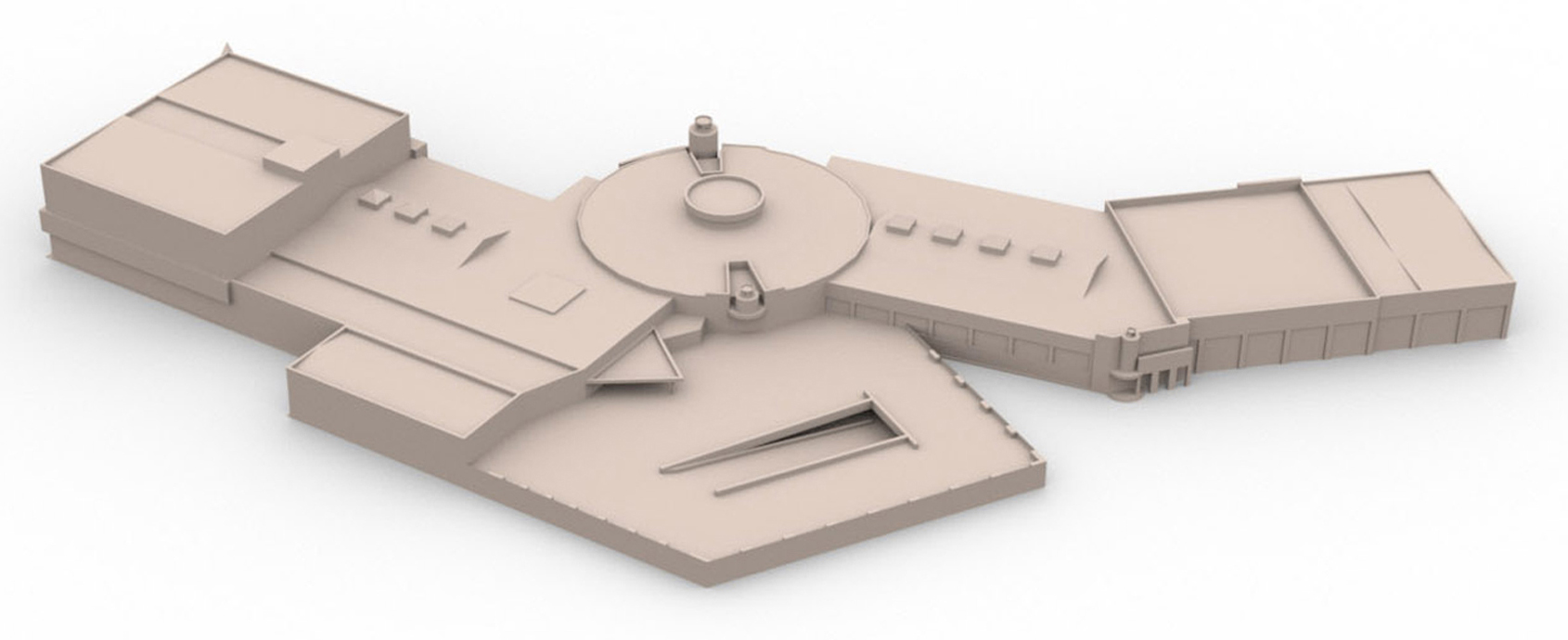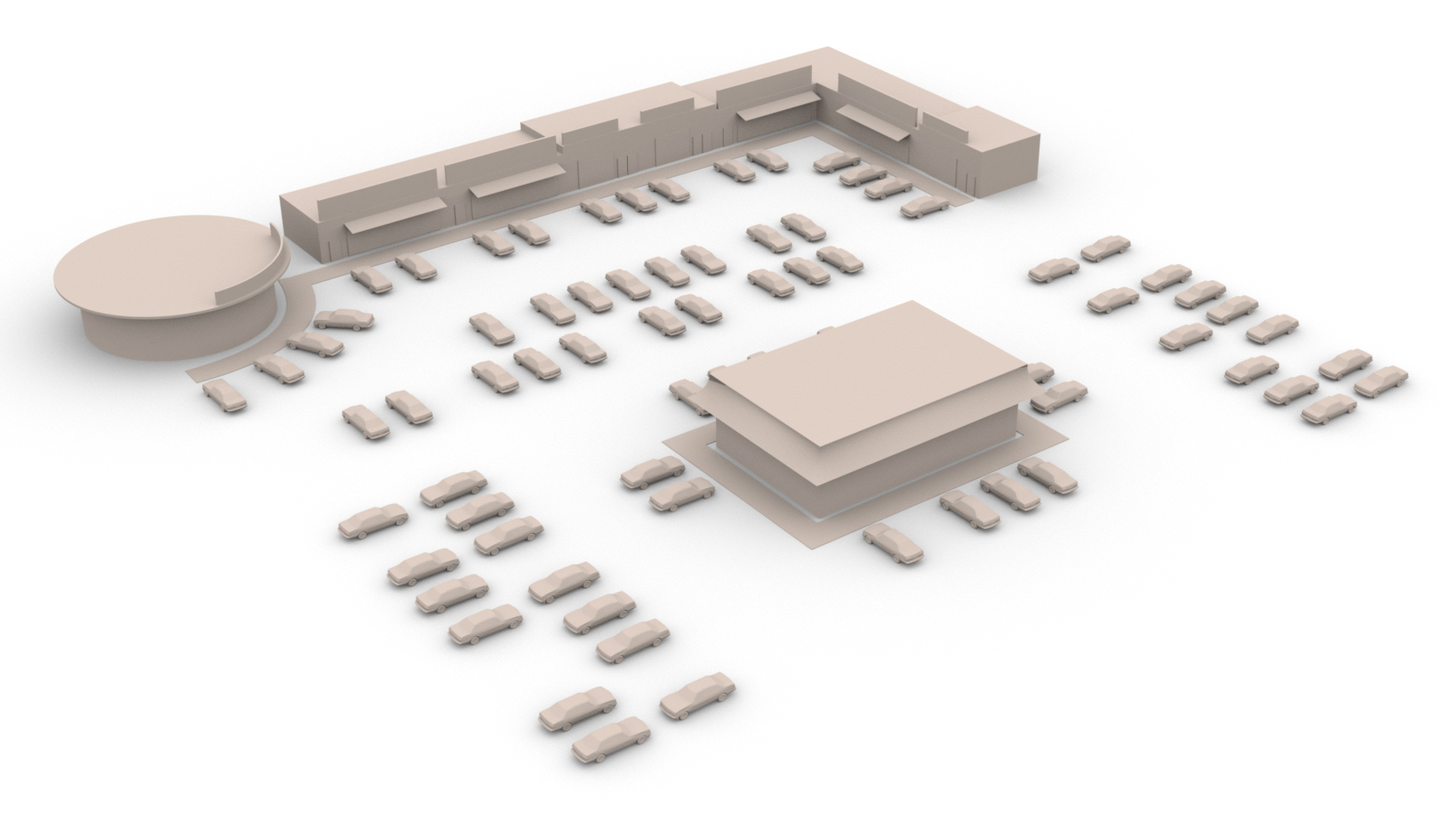Difference between revisions of "Retail and commercial services"
| Line 37: | Line 37: | ||
Commercial areas are more prone to certain types of crime than other urban objects. |
Commercial areas are more prone to certain types of crime than other urban objects. |
||
* Commercial burglary |
* Commercial burglary |
||
:Even though there are considerably fewer retail burglaries than residential burglaries, the risk of retail burglary per number of premises is very high. For example, a national survey in Britain found that, in 1993, 24 percent of retail establishments were burgled, compared with just 4 percent of residences<ref name="clarke">Clarke Ronald V., ''Burglary of Retail Establishments'', Problem-Oriented Guides for Police Series, Guide No. 15</ref>. |
:Even though there are considerably fewer retail burglaries than residential burglaries, the risk of retail burglary per number of premises is very high. For example, a national survey in Britain found that, in 1993, 24 percent of retail establishments were burgled, compared with just 4 percent of residences<ref name="clarke">Clarke Ronald V., ''Burglary of Retail Establishments'', Problem-Oriented Guides for Police Series, Guide No. 15</ref>. As for this form of crime the measures in a context of urban planning are very limited, it is not included as a security issue for the urban planner. |
||
* Shoplifting is a serious concern for shops. A british survey found that stores lose as much to burglars as they do to shoplifters.<ref name="clarke"></ref> As this problem is highly unrelated to the shape of the built environment, it is not included as a security issue for the urban planner. |
* Shoplifting is a serious concern for shops. A british survey found that stores lose as much to burglars as they do to shoplifters.<ref name="clarke"></ref> As this problem is highly unrelated to the shape of the built environment, it is not included as a security issue for the urban planner. |
||
* [[Security issue: Vandalism| Vandalism]]<ref name="hors146">Mirrlees-Black Curiona and Ross Alec, ''Crime against retail and manufacturing premises: findings from the 1994 Commercial Victimisation Survey'', Home Office Research Study 146, copyright 1995, ISBN 1 85893 554 7</ref> |
* [[Security issue: Vandalism| Vandalism]]<ref name="hors146">Mirrlees-Black Curiona and Ross Alec, ''Crime against retail and manufacturing premises: findings from the 1994 Commercial Victimisation Survey'', Home Office Research Study 146, copyright 1995, ISBN 1 85893 554 7</ref> |
||
Revision as of 11:03, 11 February 2013
Retail and commercial services are urban objects, designated for the purpose of housing economic activities that fulfil the role of goods and commercial service provision. Examples include shops, restaurants, credit unions, etc.
Contents
Description
Retail and commercial services activities are very important drivers of economic activity within urban areas. Retail services predominantly become clustered within a specific area, offering wide ranging services to consumers, and attracting significant footfall. Retail services which may be offered will range from the sale and supply of consumer goods and products, to the provision of social activities such as bars and restaurants. Retail and services activities will typically occur in one of three primary contexts:
| Retail type | Description | Icon |
|---|---|---|
| High street | Where the main commercial or retail activity occurs in a city or urban area (larger cities may have a high street for each district or quarter) | |
| Shopping centres | Consist of a complex of shops, restaurants and other businesses in one or more connected buildings |  |
| Out of town retail parks | A group of large warehouses and superstores (often selling bulky and white goods) in edge of centre or outside urban areas, with a large quantum of parking space for customers. |  |
These contexts within which retail and commercial services activities occur represent three different urban characters. They are representative to facilitate the reader in determining what applies to his/her unique and specific situation.
In the text below, any of these three icons will be used whenever an observation is specific to one or more of the above mentioned archetypes.
Functions
Social
Economic
The retail and services industry is one of the largest private-sectors in terms of jobs and GDP, but the economic impact of the retail industry extends beyond the industry itself. First of all, retail and services require inputs from various other sectors such as real estate, finance, marketing, transportation, wholesale trade for its operations (the secondary economic impact). Additionally, employees and owners will generate economic spin off as consumers of goods and services (the induced economic effects).
Retailers have to deal with a wide array of issues and problems in terms of security threats and their economic impact. In economic terms, shoplifting is widely considered to be one of the most serious of these threats. Moreover, retailers spent billions on loss prevention, and these costs are steadily increasing worldwide.
Preventive measures such as surveillance, physical security, etc. reduce the costs of retail crime, but demand significant investments. Apart from the more traditional security measures, the ‘designing out’ or 'sustainable design' approach in the earliest stages in the planning process can be in the long run an effective measure from an economic point of view to prevent security threats and reduce the economical damage[1].
Mobility
An important transportation issue concerning retail is retail logistics. Retail logistics includes transportation of goods to the points of retail sales and storage there. It also covers additional activities for door delivery of goods to the customers.
Safety
As commercial venues can sometimes be very busy, the ability for the people to get to safety in time in the event of an incident (Evacuation Management) is an important safety aspect.
Security Issues
Commercial areas are more prone to certain types of crime than other urban objects.
- Commercial burglary
- Even though there are considerably fewer retail burglaries than residential burglaries, the risk of retail burglary per number of premises is very high. For example, a national survey in Britain found that, in 1993, 24 percent of retail establishments were burgled, compared with just 4 percent of residences[2]. As for this form of crime the measures in a context of urban planning are very limited, it is not included as a security issue for the urban planner.
- Shoplifting is a serious concern for shops. A british survey found that stores lose as much to burglars as they do to shoplifters.[2] As this problem is highly unrelated to the shape of the built environment, it is not included as a security issue for the urban planner.
- Vandalism[3]
- Graffiti
- The use of metal roller-shutters have proven effective against burglary, but can have a negative effect on the street scene, and are susceptible to graffiti[4].
- The use of (particularly unattended) parking lots can attract vehicle thiefs.
- The common presence of ATM machines in commercial areas can attract robbers who rob people who just withdrew money, or they can force people to withdraw money and then rob them of it.
- Pickpocketing can be a problem in commercial areas, especially when they are busy and distractive.
Measures
Footnotes and references
- ↑ In general, these measures demand larger investments than traditional security measures, but at the same time they are able to avoid future costs due to the long-term prevention of crime.
- ↑ 2.0 2.1 Clarke Ronald V., Burglary of Retail Establishments, Problem-Oriented Guides for Police Series, Guide No. 15
- ↑ 3.0 3.1 Mirrlees-Black Curiona and Ross Alec, Crime against retail and manufacturing premises: findings from the 1994 Commercial Victimisation Survey, Home Office Research Study 146, copyright 1995, ISBN 1 85893 554 7
- ↑ Home Office, Safer Places. The planning system and crime prevention, 2004
- ↑ Clarke Ronald V., Thefts of and From Cars in Parking Facilities, Problem-Oriented Guides for Police Series, Guide No. 10
- ↑ Jacques Christopher, Ram raiding: the history, incidence and scope for prevention, Crime at work: studies in security and crime prevention
- ↑ Scott Michael S., Robbery at Automated Teller Machines, Problem-Oriented Guides for Police Series, Guide No. 8
